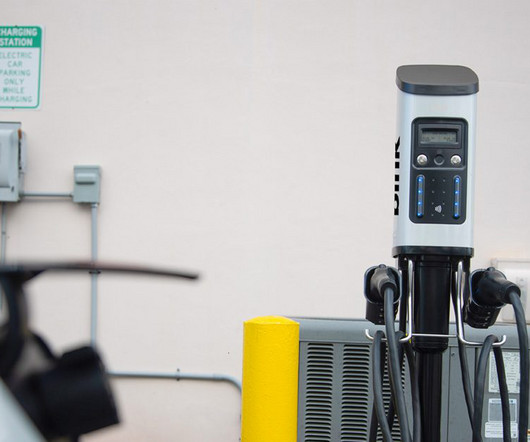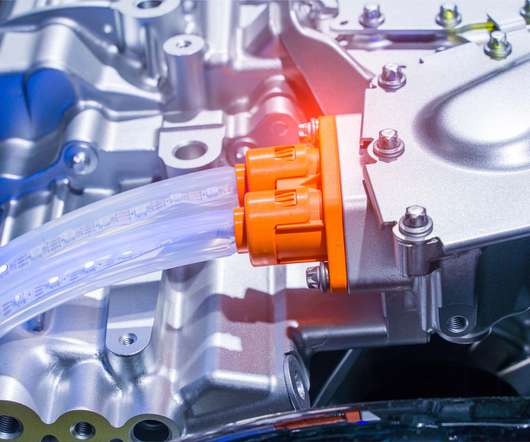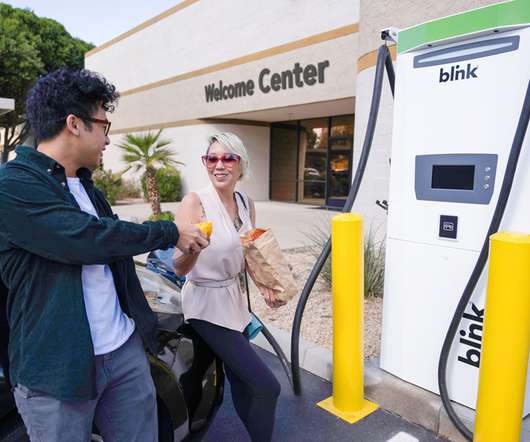Swiss WTW study finds important role for alternative fuels as well as alt drivetrains in move to low-emissions vehicles
Green Car Congress
JANUARY 3, 2014
Hydrogen production pathways include low- and high-temperature electrolysis; solar thermochemical disassociation; photobiological splitting (four pathways: direct and indirect biophotolysis using hydrogenase and nitrogenase); gasification (coal, biomass); steam reforming (methane, ethanol); and partial oxidation. Click to enlarge.
































Let's personalize your content